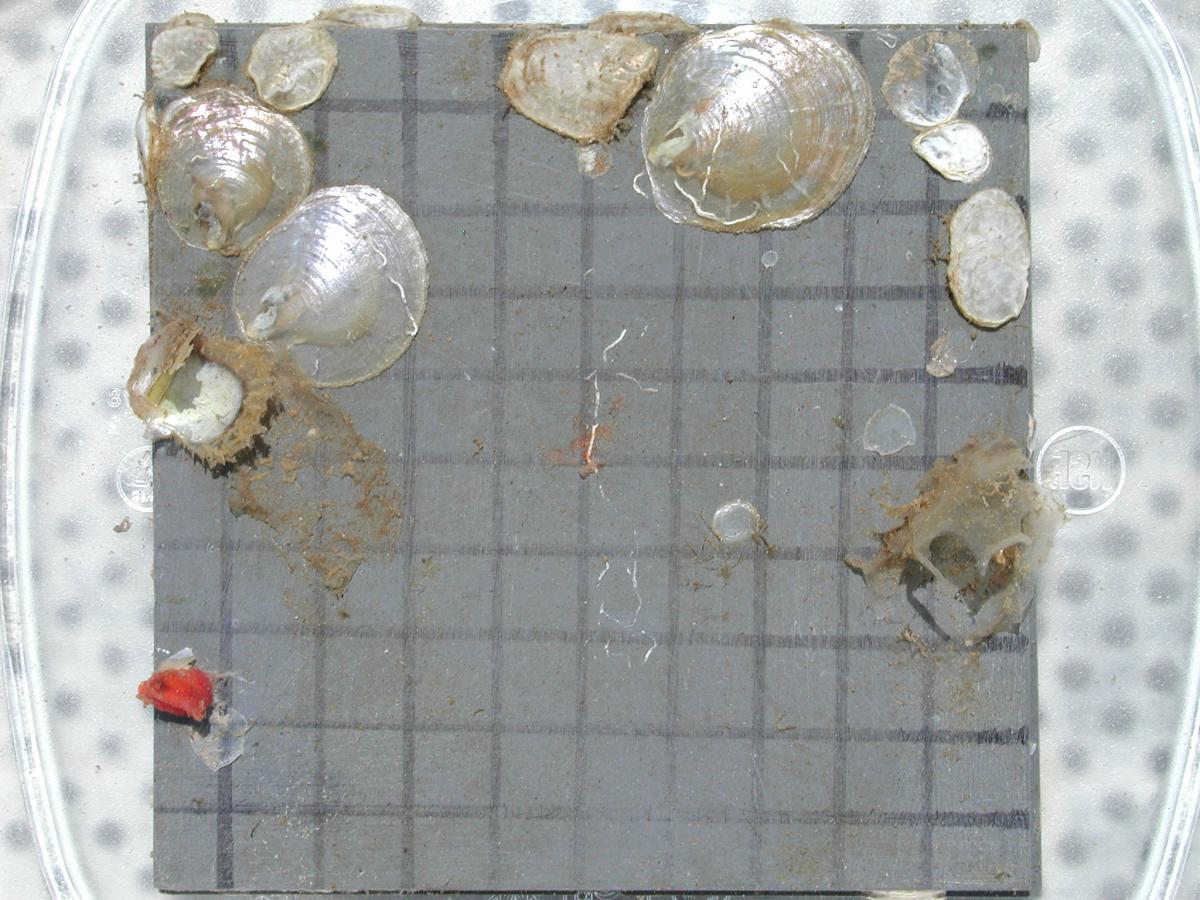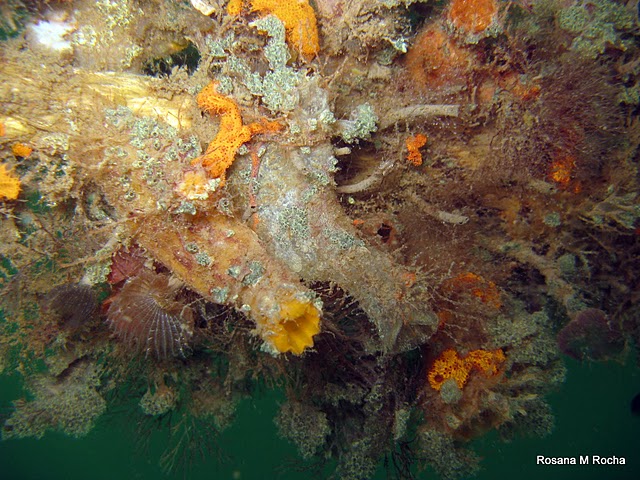
We know that there are a lot more native species in the tropics than in polar and temperate regions; think of a rainforest in Brazil verses the Canadian tundra. If we draw a graph of native species richness, or number of different native species represented in an ecological community, across all latitudes (solid line on Figure 1), what we would see is high species richness at the equator that decreases towards the poles. But when we look at the same graph comparing nonnative species (dashed line on Figure 1), we see an entirely different pattern. The number of nonnative species is lowest at the equator and the poles but highest in the temperate regions in between.
One hypothesis scientists use to explain the trend in nonnative species is the ‘‘biotic resistance hypothesis”. According to this hypothesis diverse communities with both high species richness and strong species interactions are more resistant to invasion because they are effective at using all available resources and nutrients leaving very little for newcomers. Thus, diverse communities in the tropics should make it more difficult for nonnative species to get a foothold compared to less diverse communities at higher latitudes.
In a recent publication in Ecology, Dr. Amy Freestone (Temple University), Dr. Gregory Ruiz (Smithsonian Environmental Research Center), and Dr. Mark Torchin (Smithsonian Tropical Research Institute) provide the results of the first experimental test of whether biotic resistance to invasion is stronger in a tropical region (Panama) verses a temperate region (Connecticut). In this experiment they tested whether nonnative tunicates already established in both regions were more effectively excluded by predation in the tropics. Predation was used as the main indicator of biotic resistance in this experiment because it is important in shaping marine communities and preventing species from colonizing new areas. Tunicates in particular may be susceptible to predation because their soft bodies offer little protection.


Predator exclusion experiments were conducted at two sites per region in shallow, high salinity seagrass beds using plastic experimental habitat panels. These panels allowed the researchers to control for some of the natural variation between sites such as community age and history, development time, substrate type and area. At each site predation was manipulated using two types of mesh cages to exclude predators, one with larger mesh (5mm) that allowed some tiny predators in, and one with small mess (1mm) that excluded all predators but still allowed the larval tunicates to settle. In addition the team used two partial cage treatments and a non-caged control. In Connecticut and Panama the experiment ran for three months during the fall when the recruitment of the tunicates in the temperate zone occurs. Because recruitment occurs year round in the tropics, the experiment was repeated in winter at the two Panama sites.
When the data were analyzed at the end of the experiment the team found that predation in Panama significantly reduced the number of nonnative tunicates in three of the four experiments across the two sites and two seasons. In half of the experiments the nonnative tunicates were completely excluded by predation. Only one experiment did not have a significant decline in nonnatives and that site only had one nonnative tunicate present. Up in Connecticut, predation did not significantly affect the number of nonnative tunicates at either site. Comparing the two regions, they found that the average effect of predation on nonnative tunicate was 3.1 times greater in Panama than Connecticut.

These results support the hypotheses that the more diverse tropical communities exhibit greater biotic resistance (through predation) to invasion. In the tropics, predation pressure was strong enough to completely eliminate some nonnative species from the experiment, although they are already present in the tropics indicating that establish was possible despite the heavy predation pressure. However, predation probably reduces the abundance and distribution of invasive species across larger regions.
This has been a summary of research published in Ecology.
Freestone, Amy L., Ruiz, Gregory M. and Torchin, Mark E. 2013. Stronger biotic resistance in tropics relative to temperate zone: effects of predation on marine invasion dynamics. Ecology, 94(6):1370-1377 doi:10.1890/12-1382.1



